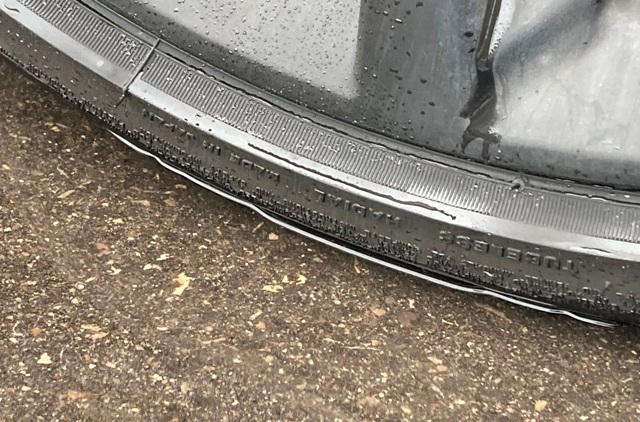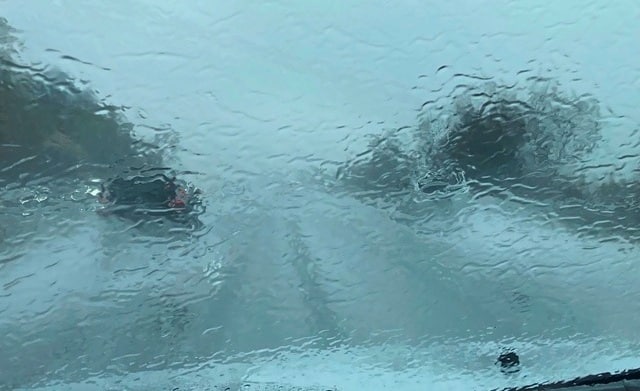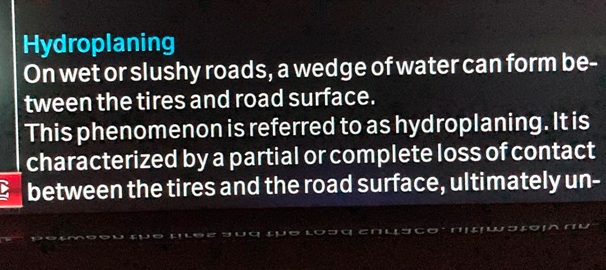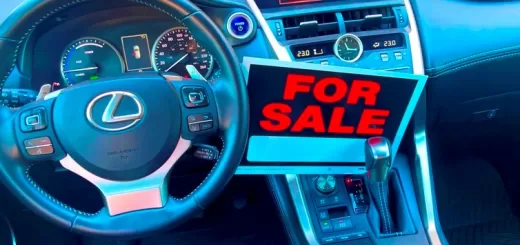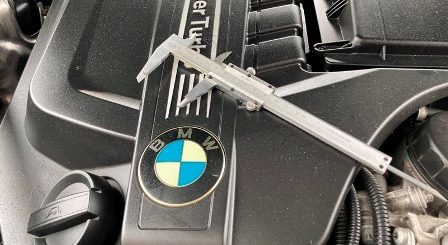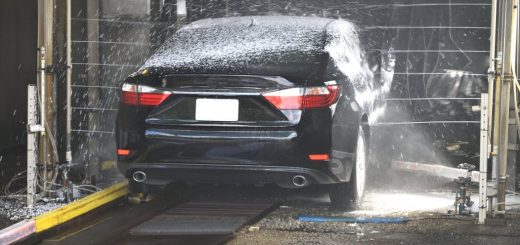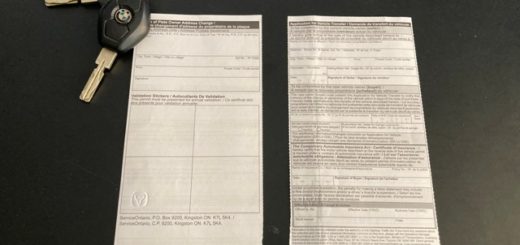Hydroplaning and How to Prevent it
Hydroplaning is a dangerous situation which usually happens when driving thru water at high speeds, something that can turn to a life threatening event very fast. Worse part of hydroplaning is that drivers are caught completely unaware, surprised and panicked.
However, as with everything else, hydroplaning too can be avoided if you know what it is and what causes it.
What is Hydroplaning
Hydroplaning is a situation where loss of contact between tires and road occurs due to large quantities of road water. It happens when a vehicle is at speeds of over 50km/h. Higher speeds are guaranteed to make hydroplaning worse.
When driving, only a small portion of tires have contact with ground at any given time. This is called tire contact spot or tire contact patch. Contact spot is smaller than adult human footprint, it’s the size of your hand give or take.
Tire contact spot is where grip is created between tires and ground which allows driver to steer, brake and accelerate. Large quantities of water in certain conditions can create a cushion of water between tires and ground, you are driving on water now as there is no contact anymore between vehicle tires and ground. First to suffer from hydroplaning is your steering capability and second to go are your brakes. Two most important vehicle control systems are lost in a flash.
What does hydroplaning do?
Hydroplaning will affect directly steering and control of vehicle, transforming a driver to a passenger quite fast, your car will become pretty much uncontrollable. Most likely we all have experienced hydroplaning on our daily driving in Ontario, albeit usually at a lower degree without total loss of control and on slower speeds. However, given a combination of right (or wrong) circumstances hydroplaning can become very dangerous to life and property.
What Creates Hydroplaning
Speed
Tires are designed to remove water on their contact spot with the ground. Higher speeds will give tire groves less time to remove water and avoid hydroplaning. Hydroplaning can happen on speeds as low as 50km/h but severity will mostly depend on speed, tires, vehicle weight and road conditions. High speeds will always make hydroplaning severe and can create total loss of vehicle control situations.
Tires
Tires have groves and lines on their tread pattern designed to remove and displace water. If road water quantity is higher than what tire treads can handle then vehicle will hydroplane.
Vehicle Weight
Normally, larger and heavier vehicles will hydroplane less than small lighter ones. Heavier vehicles create higher tire pressure footprint at ground contact and can remove higher quantities of water at a faster rate. It is generally harder for a heavy vehicle to hydroplane that a light one.
What to do if My Car is Hydroplaning
1) Remain Calm
It’s easier said than done but panicking will always makes things worse and won’t help any. Try to remain calm and don’t lose your orientation.
2) Control Steering
Remember, first thing hydroplaning will do is to reduce your steering ability. Use force to keep steering wheel straight and centered, do not do any abrupt maneuvers when hitting deep water. Centered steering will give time to your tires to remove water and will avoid your car from sliding sideways.
3) Do not Slam on Brakes
Slowly does it in this case. Slamming on brakes can make hydroplaning worse and put your vehicle into a spin, especially on highway speeds. Remove foot from accelerator, keep steering straight and wait for situation to resolve itself slowly. Brake only when you feel some control is back and even then do not apply full brakes.
4) Check Your Surroundings
After regaining control you should keep driving, do not stop abruptly. Vehicles behind you might be in the same situation with loss of control, a sudden stop can cause other drivers to hit you from behind, creating an accident and make things worse.
5) Do not Fight Your Car
If your car starts sliding sideways, turn steering wheel on direction your car is moving. Keeping your wheels aligned with vehicle direction will help tires regain grip sooner. Tires need to be aligned with vehicle direction for tire treads to perform at their maximum design capacity.
Tires aligned with vehicle direction will remove water and regain grip faster. If tires are not aligned with vehicle direction, tires treads will hit the road sideways making it harder to regain grip and vehicle control.
How to Prevent Hydroplaning
1: Slow Down and Take it Easy
Well, let’s start with: “Chi va piano va sano e va lontano”, translation from Italian is: “Who goes slowly goes healthy and goes far”.
Do not rush when driving in rainy or wet road conditions. Hydroplaning is caused by water and we can all see in advance when roads are wet and ripe for it. Take it easy and lower your speed when driving in rain or wet roads.
2: Do not Drive Over Water
Avoid puddles or standing water on roads or highway. Do not drive over standing water if possible, otherwise if you can’t avoid it, lower your speed prior to hitting water as much as you can do so safely.
3: Keep a Longer and Safer Distance
Stay farther from vehicle in front of you, having a greater safety distance never hurt anyone. If car in front of you experiences loss of control due to hydroplaning you will need time to swirl out of the way or brake to avoid collision.
4: Check Your Tire Condition and Tire Age
Make sure tire treads are adequate and your tires age is not older than 6 years. Tire condition and tire age are of great importance, worn tires remove less water due to shallow tread depth while old tire lose flexibility which is essential to creating strong contact (or grip) between tires and ground. How to Check Tire Age.
5: Check Tire Pressure Regularly
Keep tires inflated to proper pressure at all times. Specification for tire pressure are on a sticker located on drivers door center panel. Overinflated tires will reduce tire contact footprint (less friction with ground), underinflated tires on the other hand can make hydroplaning worse and also cause tire premature wear.
6: Do Not Use Cruise Control
Cruise control will make you lose time in an emergency situation. Use cruise control only in optimal driving conditions, do not use it when driving in rain or wet roads. Cruise control might lose you a second or two in an emergency and seconds mater in these cases.
You need to gain full control of your car as soon as possible and don’t want to lose time dealing with accelerator set to a certain speed.
(If you are also looking for a fast and easy solution to sell a car, details here on “How To Sell Your Car Fast In Ontario”. )
Comments: If you have any questions or suggestions related to this post or Used Car Toronto in general, don’t hesitate to use comment section below.


